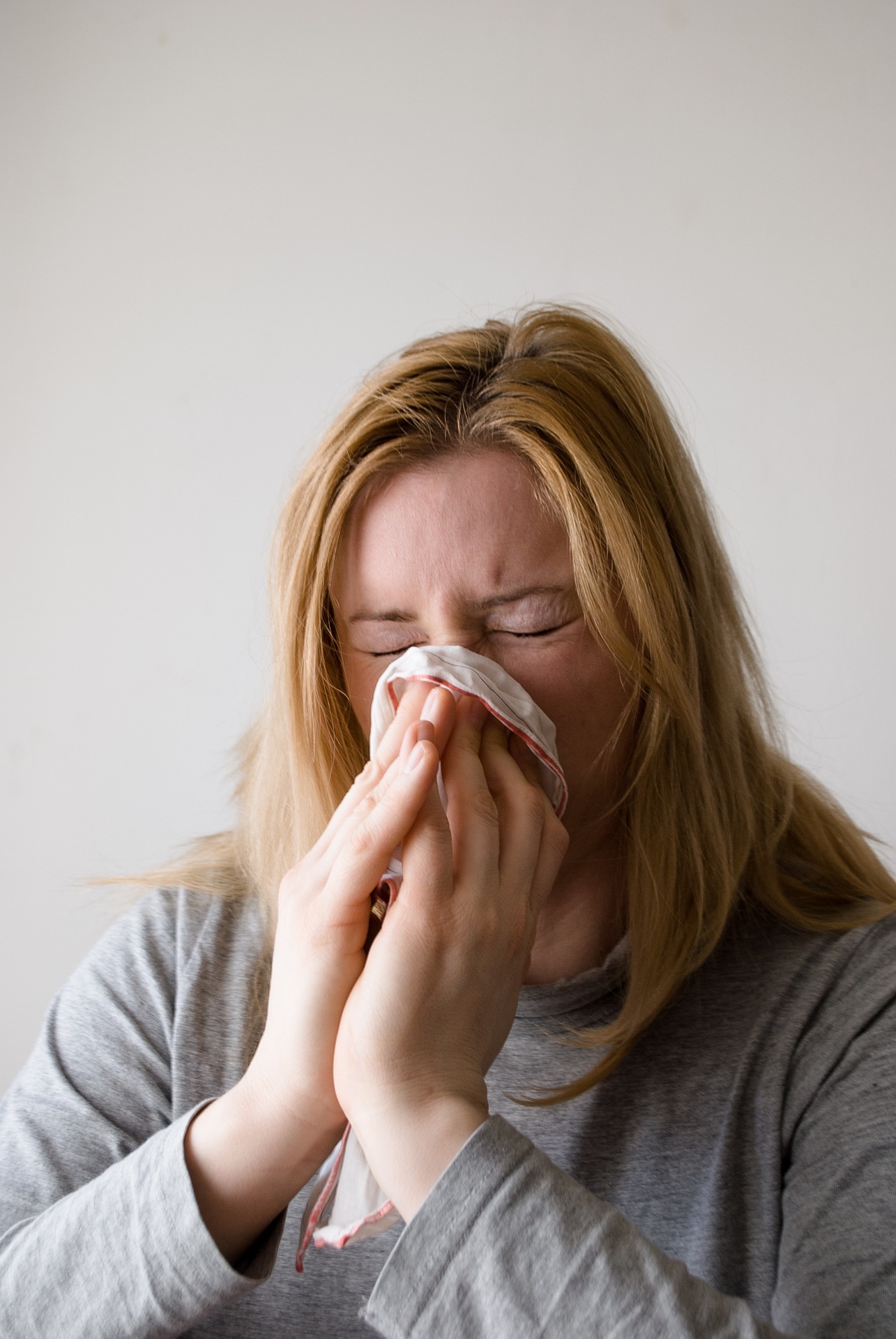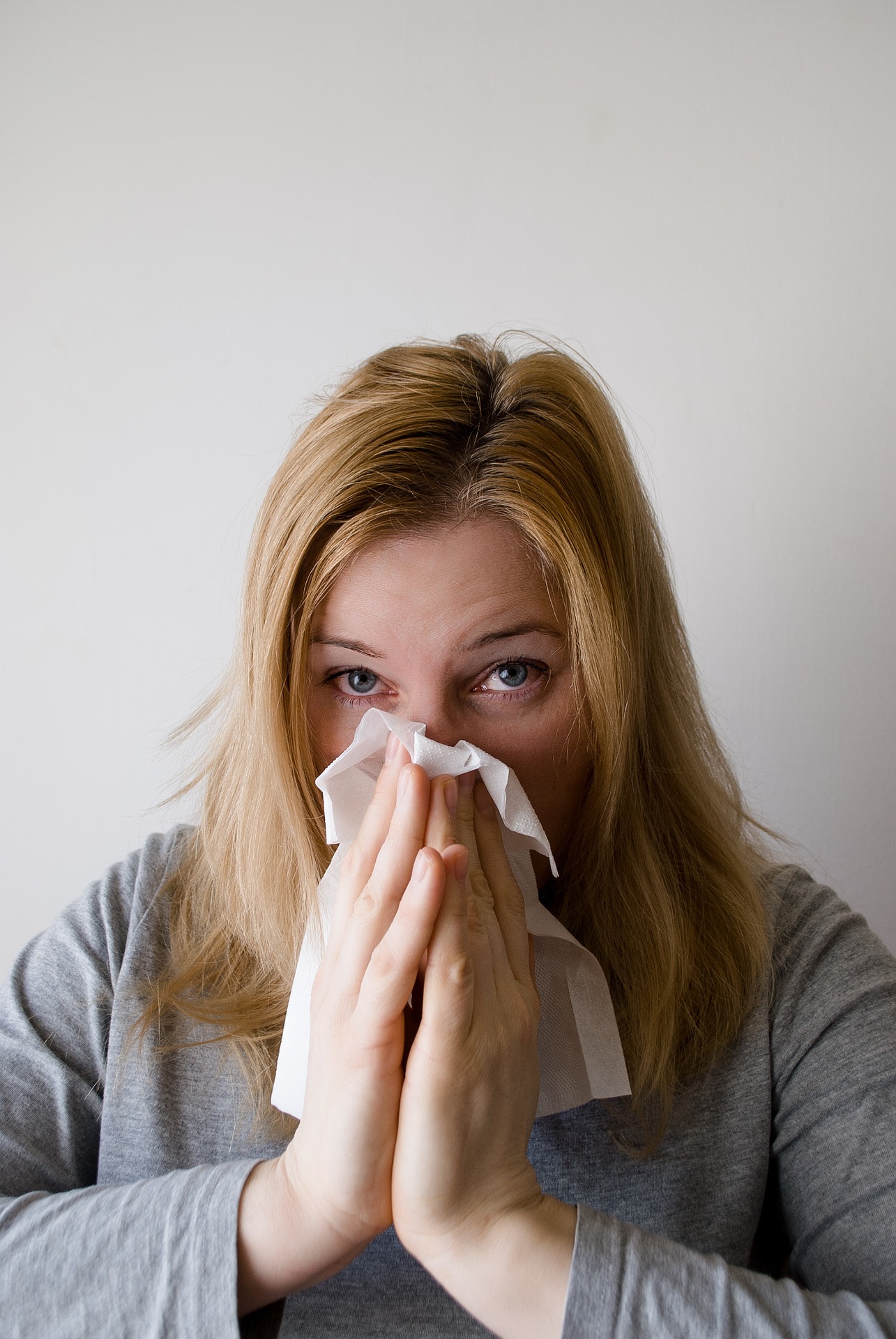Preparing for Flu Season
Jan 15th 2018
During the winter months, flu outbreaks are a serious concern. 2018 has already seen a particularly virulent and widespread outbreak of flu. The flu and other illnesses are problematic for almost every workplace in which several employees share the same space. The flu can pose serious or even life-threatening risks, especially when left untreated. The CDC states that the flu vaccine is the best way to prevent the spread of flu. In addition, there are several simple and inexpensive behaviors that can prevent the spread of the seasonal illness. This short article will help your workplace prepare for the flu season.

Cleaning and Disinfecting
Consistent, assiduous cleaning is a necessary part of every workplace's health and safety program. Hard surfaces, especially in bathrooms and kitchens, can harbor dangerous germs. As such, it is important to know how to clean and disinfect effectively and safely.
It is helpful to make a distinction between cleaning and disinfecting. Cleaning refers to the process of removing germs, and disinfecting refers to the process of killing germs. Cleaning generally occurs with soap or detergent and water, whereas disinfecting requires the use of chemical products. Disinfecting usually requires the chemicals to stand on a surface for three or four minutes.
Standard cleaning and disinfecting is enough to kill most flu viruses; no special processes need to be involved. When using chemical disinfectants, it is important to read the labeling for instructions on how to handle the product safely. Disposable safety gloves and respirators are recommended when applying disinfectants.
Handwashing
Handwashing is a simple, easy, and extremely important component of workplace safety. Though most workers wash their hands several times a day, handwashing technique is rarely discussed. Handwashing must be done properly to be effective. The Center for Disease Control (CDC) recommends 5 steps:
1. Wet hands. You can turn off the tap after wetting hands to save water.
2. Rub soap between hands into a lather. Make sure to fully cover your hands, including the back of your hands, fingernails, and wrists.
3. Scrub hands for at least 20 seconds.
4. Rinse with clear running water.
5. Dry your hands.
Soap and water is the best way to clean your hands. Alcohol based hand sanitizers should be used if soap and water is not available. According to several studies (https://www.cdc.gov/handwashing/show-me-the-science-hand-sanitizer.html) hand sanitizers are not as effective as vigorous hand-washing. To be effective, alcohol-based sanitizers should be at least 60% alcohol. It is especially important to wash hands after certain events, including:
- Before eating or preparing food
- After using the bathroom
- After blowing your nose
- After touching garbage
- After caring for a sick person
- Before and after cleaning a wound
- After touching animals, animal food, or animal waste
Posters or signs should be in place to remind employees to wash hands in workplace bathrooms and kitchens. It is important to make sure bathrooms and kitchens are also well-stocked with soap, so employees can still wash their hands if a dispenser becomes empty.
Limiting Exposure and Cough Etiquette

If an employee is sick with the flu, he or she should stay at home. Employees should also be taught coughing and sneezing etiquette. Coughs and sneezes should be covered with a tissue to prevent germs from spreading; the tissue should then be placed in a wastebasket. Hands should be washed after coughing into a tissue. If one is coughing often, a disposable facemask can be a convenient solution to help prevent the spread of germs. The CDC offers a free downloadable poster that informs workers how to prevent the spread of illness via coughing and sneezing.

